Not all ingredients in your kitchen are as harmless as they look. Several common foods can actually be harmful if eaten raw, prepared incorrectly, or consumed in excess. Here's a list of surprisingly risky foods – and how to handle them safely.
Raw potatoes
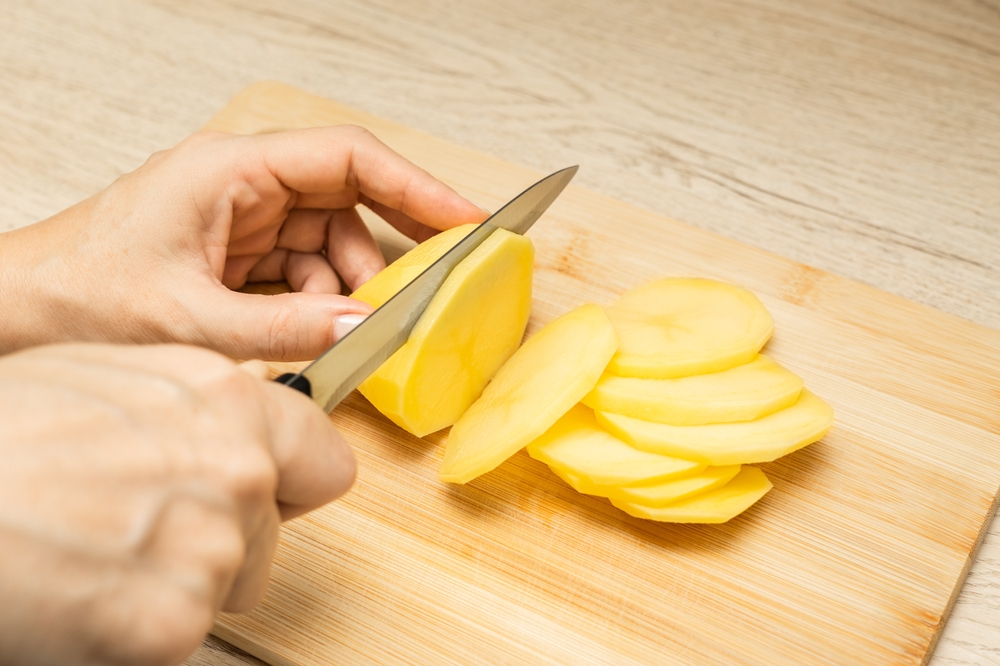
Potatoes contain solanine, a naturally occurring toxin that increases when potatoes are green or sprouting. Eating them raw can cause nausea and stomach pain, and in large amounts, even poisoning. Always cook them thoroughly and toss out any that look suspicious.
Apple seeds
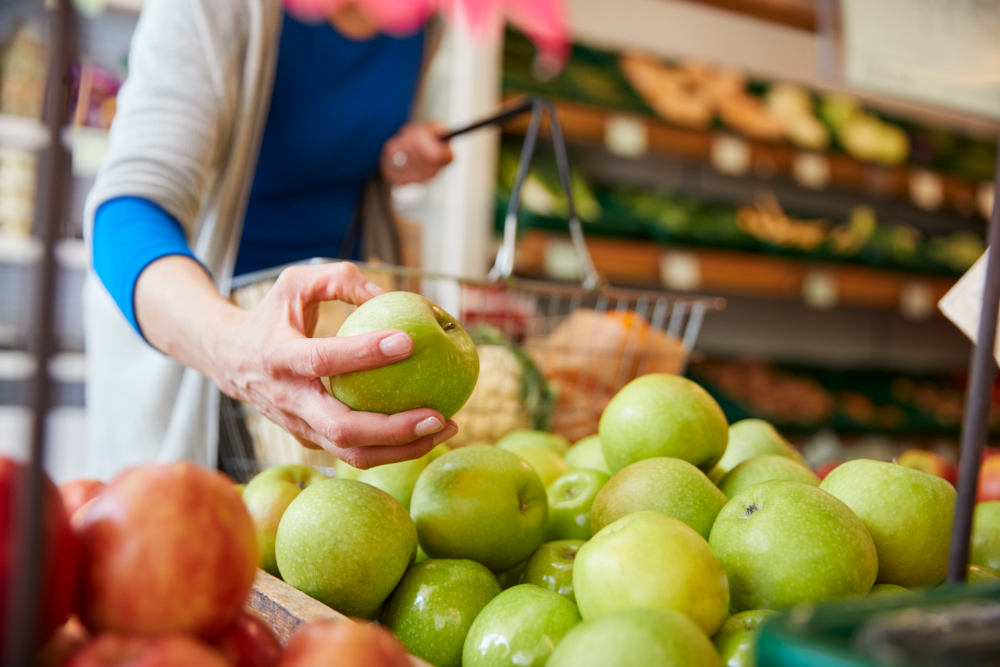
Hidden inside every apple are seeds that contain amygdalin – a compound that can turn into cyanide in the body. While you'd have to eat quite a few to get sick, it’s still best not to chew or swallow them regularly.
Rhubarb leaves
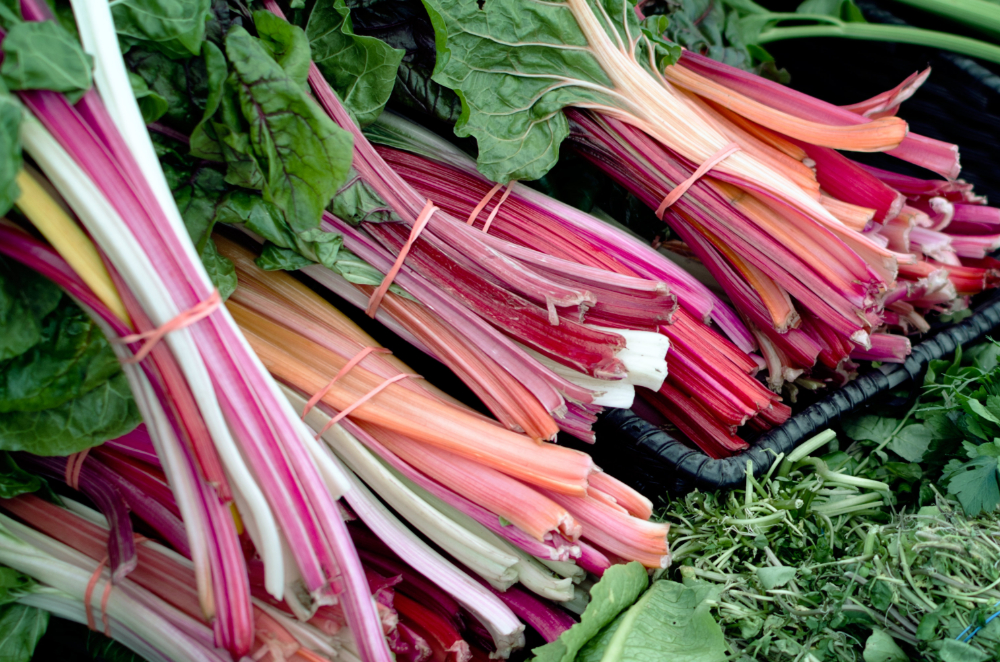
The stems are great in desserts, but the leaves are toxic. They’re high in oxalic acid, which can interfere with calcium absorption and damage your kidneys. No matter how fresh they look, never eat rhubarb leaves.
Also read: From your lungs to your brain: How laughter boosts your whole body
Poppy seeds

Poppy seeds come from the opium poppy and may contain trace amounts of opiate compounds. In large quantities, they can affect your nervous system and even cause false positives on drug tests. Enjoy them sparingly.
Unripe tomatoes
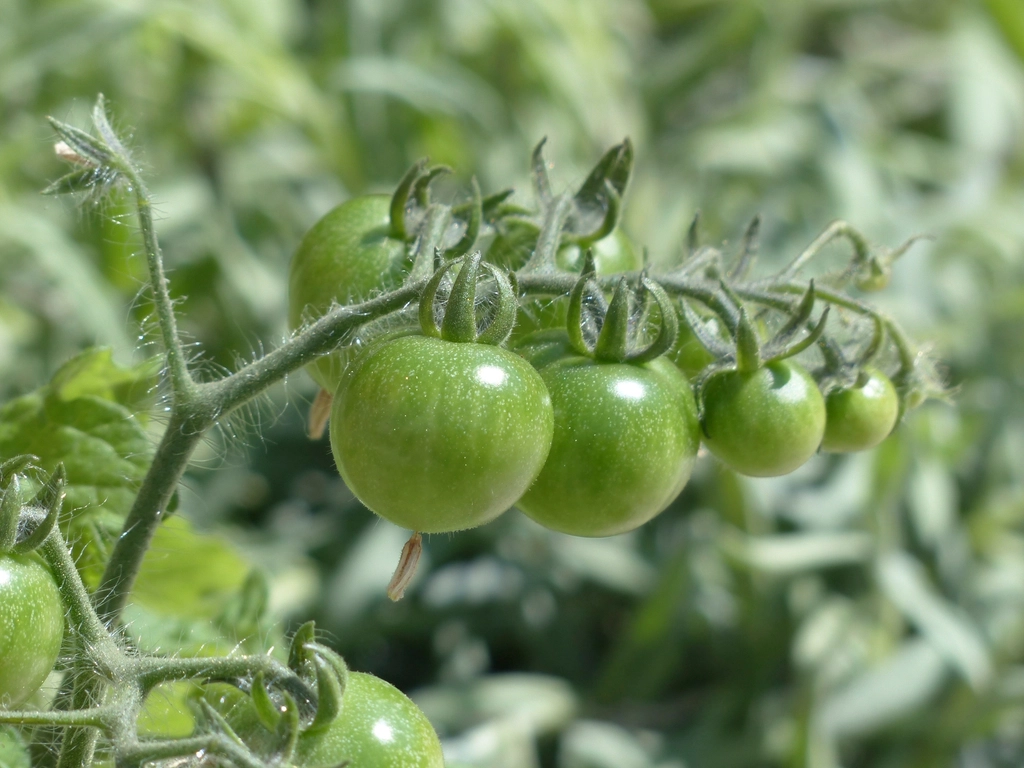
Green, unripe tomatoes contain tomatine – a substance related to solanine. While not usually dangerous in small amounts, eating a lot of them raw can lead to digestive discomfort. Ripe, cooked tomatoes are completely safe.
Citrus peels

The bright skins of lemons and oranges are often coated in pesticides and preservatives. Unless the fruit is organic and thoroughly washed, it’s best to avoid using the peel in cooking.
Red kidney beans
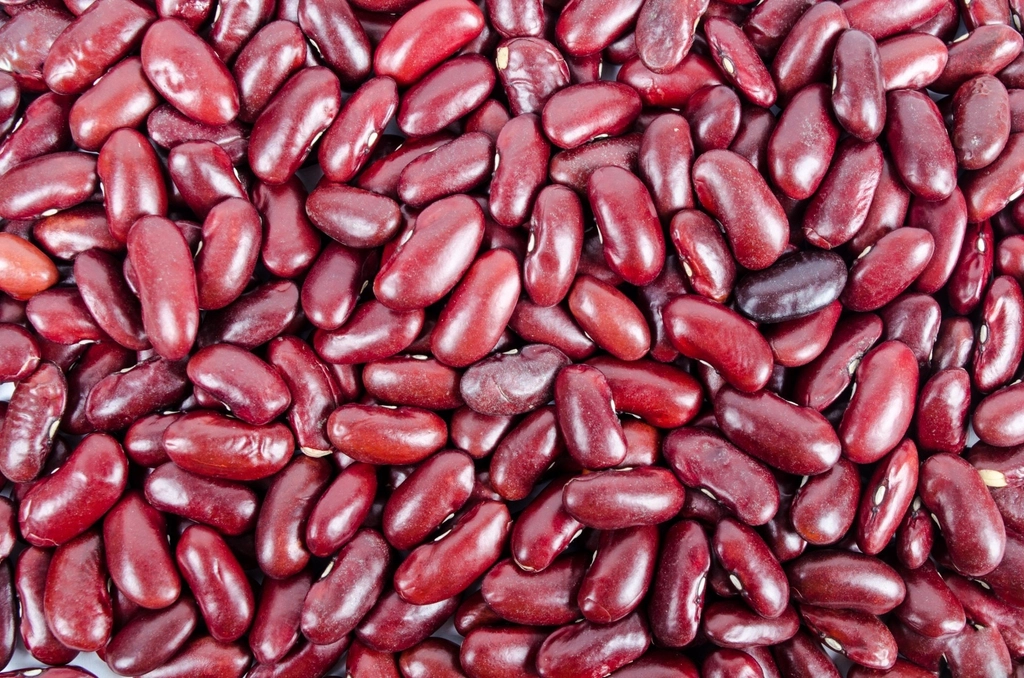
These common beans must be boiled properly to destroy lectins, which can cause severe nausea and vomiting. Soak them for at least 10 hours and then boil for 10 minutes before eating.
Also read: Experts Recommend These Teas for Constipation
Bitter almonds
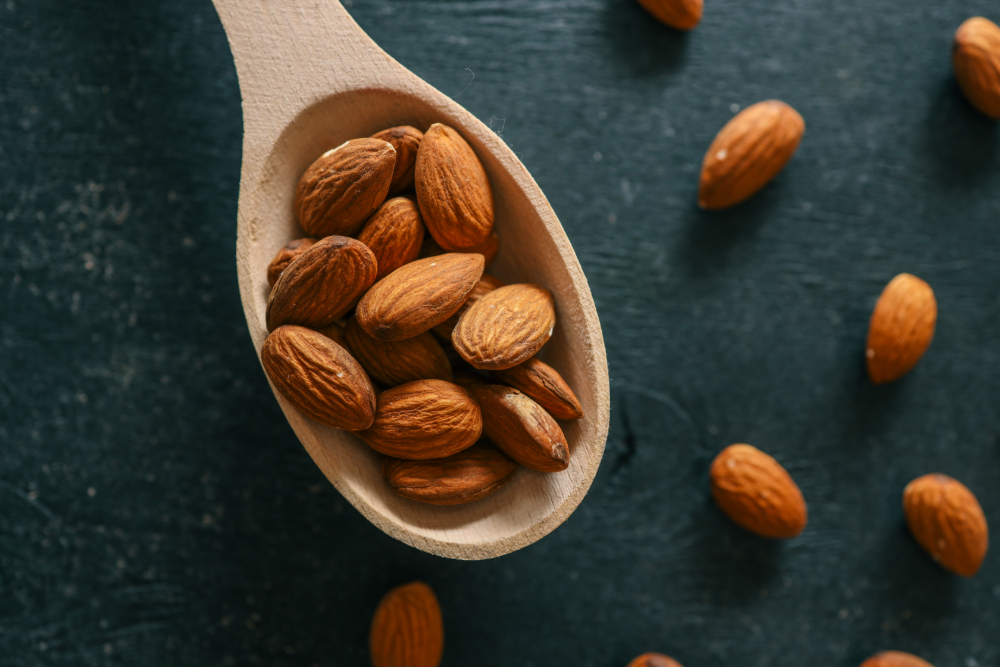
Bitter almonds (not the sweet kind) contain compounds that release cyanide when digested. They're banned in many countries for this reason, yet still appear in some recipes or imported foods. Use only with extreme caution and never raw.
Fruit pits from peaches and apricots
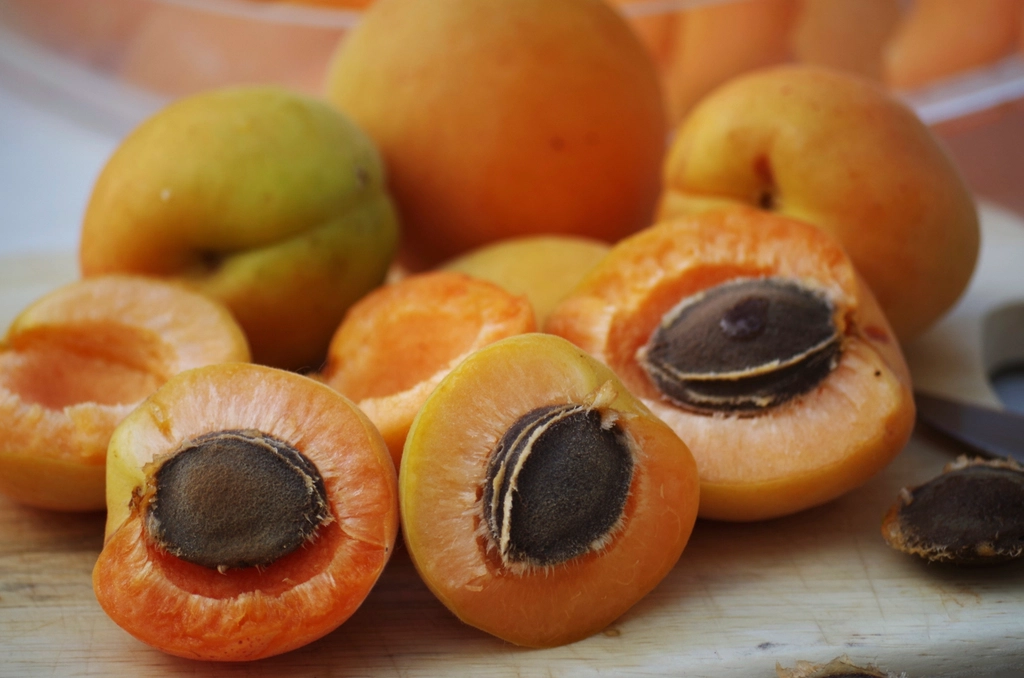
The stones inside peaches and apricots look a bit like almonds, but they contain highly concentrated cyanogenic compounds. Never attempt to eat the inner seed – stick to the sweet fruit and discard the pit.
Horse chestnuts

Those shiny brown nuts found on autumn walks are not edible. They contain toxic saponins and should not be confused with edible chestnuts. Only consume real sweet chestnuts – and always cook them before eating.
Artiklen er baseret på informationer fra Samvirke.dk
Also read: Boost Your Brain and Body With More Omega-3 – No Fish Required
Also read: An Expert Recommends These Hobbies to Lower Your Stress Level
